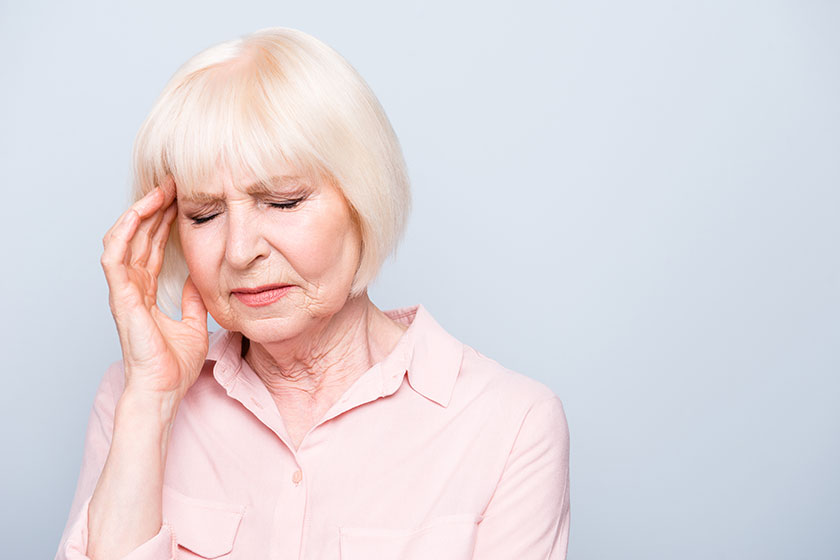Headaches and migraines can significantly impact the quality of life for elderly residing in assisted living apartments in Temple Terrace, FL. It’s crucial to implement effective management strategies to minimize discomfort and help residents maintain an active and fulfilling lifestyle. Here is your guide to headache and migraine management in assisted living settings.
Identifying Triggers
The first step in managing headaches and migraines is to identify potential triggers. Common triggers include stress, dehydration, caffeine, certain foods, and lack of sleep. Keep a headache diary to track possible triggers, such as food intake, sleep patterns, and daily activities. By identifying triggers, caregivers can help residents avoid or minimize their exposure.
Medication Management
Proper medication management is essential for headache and migraine relief. Work with healthcare professionals to create a personalized medication plan for each resident. This plan should include both preventive medications to reduce the frequency of headaches and abortive medications to relieve pain when a headache occurs. Ensure that medications are taken as prescribed, and monitor for any side effects or interactions.
Lifestyle Modifications
Encourage residents to make lifestyle changes that can help prevent headaches and migraines. Promote regular exercise, which can reduce stress and improve overall health. Ensure residents maintain a consistent sleep schedule, and provide a comfortable sleeping environment. Encourage hydration by offering water and other non-caffeinated beverages throughout the day.
Stress Management
Stress is a common headache trigger, making stress management a vital component of headache and migraine relief. Offer residents relaxation techniques, such as deep breathing exercises, meditation, or gentle yoga. Create a calm and peaceful environment in the assisted living apartments by minimizing noise and maintaining a comfortable temperature.
Pain Relief Techniques
In addition to medication, there are several non-pharmacological pain relief techniques that can help alleviate headache and migraine discomfort. Introduce residents to options such as cold or warm compresses, massage, or acupuncture. Encourage them to try various techniques to find the most effective method for their individual needs.
Support and Education
Provide residents with access to resources and education about headache and migraine management. This can include informative pamphlets, workshops, or support groups. By increasing their understanding of their condition, residents can take a more active role in managing their symptoms and advocating for their needs.
Open Communication
Maintain open lines of communication between residents, caregivers, and healthcare professionals. Encourage residents to discuss their headache symptoms and any changes in their condition. This information can help healthcare professionals adjust treatment plans and provide targeted support.
Regular Monitoring
Regularly monitor residents’ headache frequency, severity, and duration. This information can help identify patterns or changes in their condition, allowing caregivers and healthcare professionals to adjust management strategies as needed. It also provides valuable insight into the effectiveness of the current treatment plan.
By implementing these headache and migraine management strategies in assisted living apartments in Temple Terrace, FL, caregivers can help residents find relief from discomfort and maintain a high quality of life. With the right support, education, and care, the elderly can thrive despite the challenges posed by headaches and migraines.







